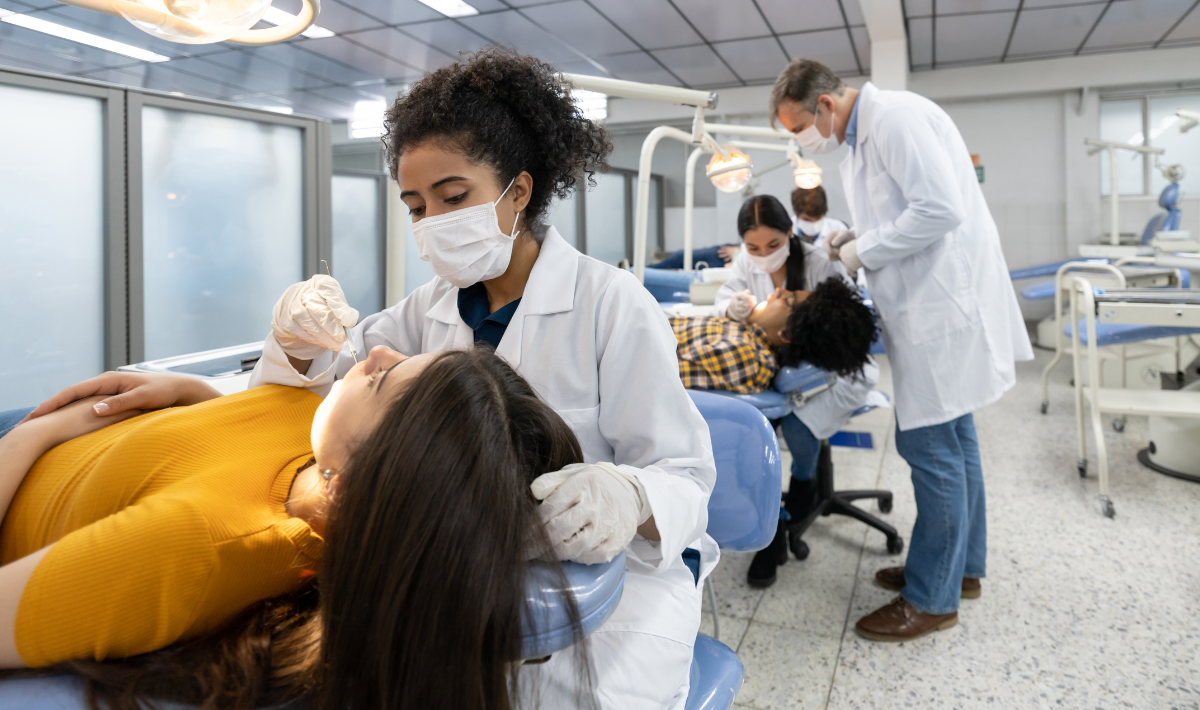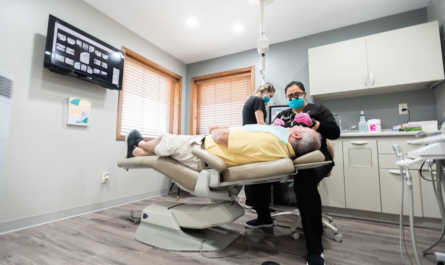Challenges, progress, and paths forward.
By Andrew Smith, Chief Executive Officer, The Association of Dental Support Organizations
The Association of Dental Support Organizations (ADSO) recently released its State of Dentistry report – a culmination of a multi year study commissioned by the ADSO and conducted by RTI International. This comprehensive report delves deep into the challenges and opportunities shaping the dental industry, echoing what many of us have been advocating for: the pressing need to address the dental workforce shortage.
The report found that closure of multiple hygiene programs, increasingly competitive acceptance requirements, and the limited seats available in programs collectively exacerbate the dental workforce shortage. Despite an increase in dental hygiene programs in 2022, acceptance rates have plummeted from 31% to 25% over the past ten years. As a result, the number of graduating dental hygienists does not sufficiently meet the demands of the industry.
Moreover, according to the Health Policy Institute (HPI), vacancies in hygienist and dental assistant positions have reduced dental practice capacity by about 10% annually. This has forced many dentists to take on responsibilities often performed by hygienists, making it difficult for them to focus on their practice and provide high-quality dental care.
Although the report shows a 1.9% increase in licensed dentists over the past decade, the most recent data from the Health Resources and Services Administration (HRSA) shows that 13,354 dentists are still needed to meet the needs of Health Professional Shortage Areas (HPSA), or areas where the dentist-to- population ratio falls below recommended levels.
There are currently 7,651 HPSAs in the country, and rural areas bear the brunt of these staffing shortages. According to the RTI report, over 33% of the rural population are underserved. Alarmingly, the report shows that the attrition of dentists further worsens the existing shortage, with many dentists migrating from rural communities to larger metropolitan areas in sunbelt states.
The report further provides insight into the effects of the dental workforce shortage, including the decline
in annual dental visits and worsening oral health among children.
On a positive note, the RTI report highlights a noteworthy progress in diversity within the workforce. According to the report, the graduating class of dentists in 2022 is the most racially and ethnically diverse in history, with students of color making up 48% of the graduates and women making up 53%. However, more work still needs to be done for the dental workforce to reflect the diversity of the population it serves, as the number of Black dental students has remained roughly the same from 2005 to 2020.
The implications of the RTI report’s findings are clear: the dental industry is at a critical juncture. Despite the current challenges, there are signs of progress and cause for optimism. Forward-looking policies and initiatives such as the Dentist and Hygienist Compact offer solutions that address the evolving needs of modern dentistry and the current workforce shortage in the industry. The compact streamlines the process for licensed dentists to practice in other participating states, with Washington, Wisconsin, Iowa, and Tennessee already passing state legislation to join the compact and 12 other states introducing legislation that would allow them to participate. Policymakers, industry experts, and dental professionals need to come together and collaborate on innovative solutions like the Dentist and Hygienist Compact in order to address the staffing challenges and ensure access to high-quality dental care for all Americans.





